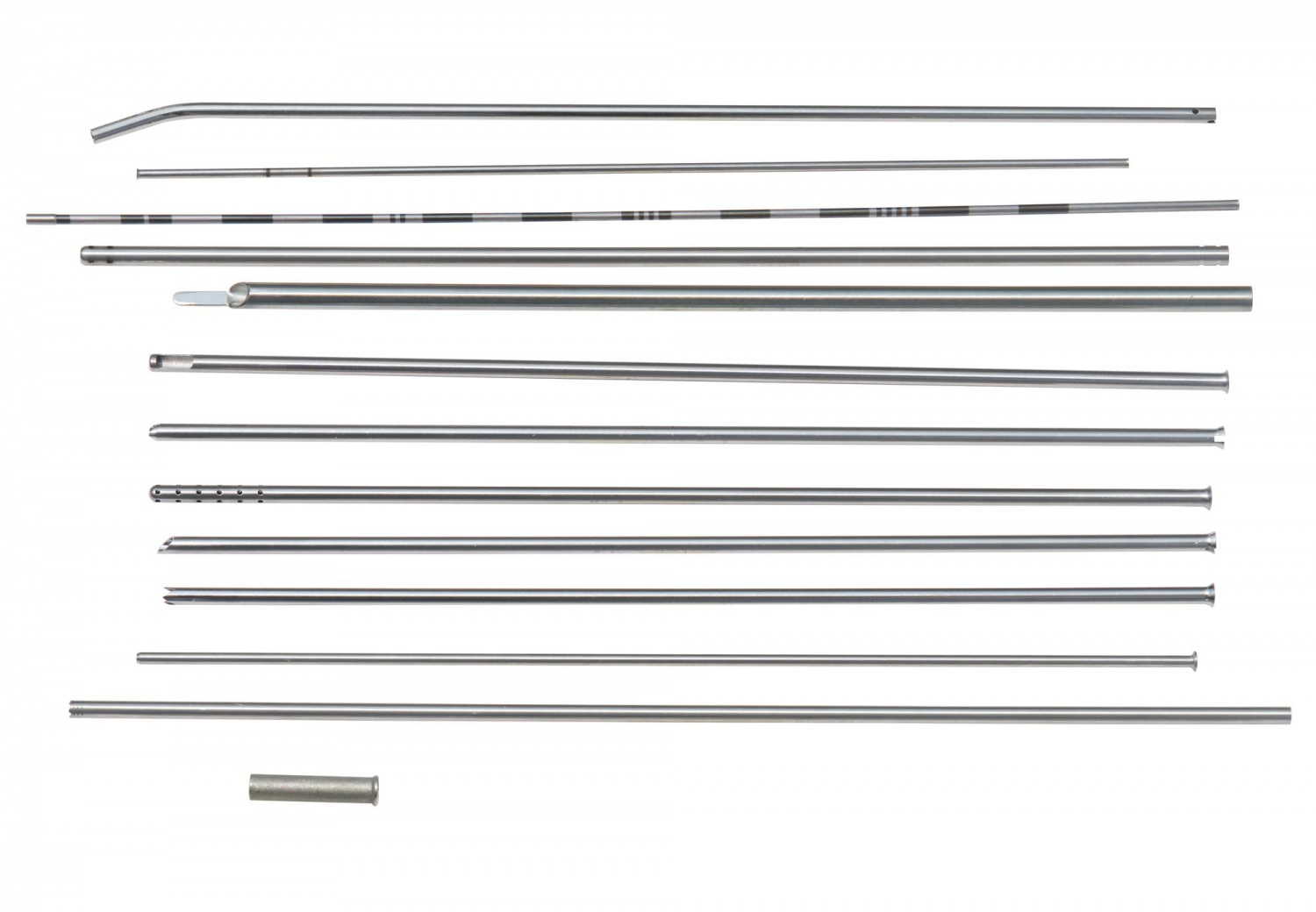 sinowares
sinowares  August 21,2025
August 21,2025
Although stainless steel is a hard-to-remove material, its characteristics are not very strong, and it is sticky. The main reason is that the chips easily stick to the cutting tools, so it is difficult to cut materials. Below, Sinowares cites the common method of thin-walled stainless steel pipe cutting for your reference, according to their actual situation to make the most suitable for your choice.
1 flame cutting
The use of gas cutting basically does not work. The tube port must be discolored, chromium-nickel stainless steel, aluminum and aluminum alloys and other material oxide melting point is higher than the melting point of the material itself, so basically can not be cut with oxygen cutting method.
2 Carbon arc gouging
Carbon arc gouging refers to the use of graphite rods or arcs generated between the carbon rod and the workpiece to melt the metal and blow it off with compressed air to achieve a method of processing the grooves on the metal surface. Carbon arcs have smoke, dust pollution, and arc radiation. The inside wall is accompanied by a large amount of melted and cooled metal residue, which is difficult to remove.

3-wire cutting
The use of wire cutting fast walking can meet the quality requirements of the incision. However, it should be noted that the tube ends will change color after cutting and need to be polished. Slow speed is unbearable, and small production can be considered. Outsourcing processing, no investment. Slow speed, small batch size.
4 Grinding wheel cutting machine (with automatic steel pipe end surface glitch removal machine)
After being cut with ordinary grinding wheel cutting machine, it has burrs and hanging flashes, and it can be used with automatic stainless steel tube end burr remover to achieve very good use effect and low cost, but the consumption of abrasive wheel is a bit large, suitable for batch production. Used when small.
5 Automatic Instrument Lathe
The instrument lathe is designed for the cutting of very thin-walled stainless steel pipes (wall thickness 0.3~0.4mm). The use of high-quality white steel or steel cutting tools is recommended. Although the purchase cost is higher, it is more durable and the cutting surface is flat. This method has a low degree of automation and labor intensity. The efficiency of automated conversion of instrument lathes or automatic lathes has been greatly improved, but the high-speed rotation of six-meter long steel tubes will damage thin-walled steel tubes.